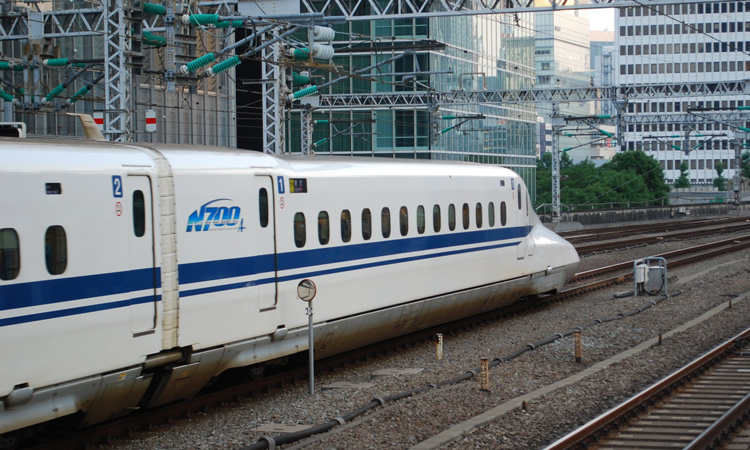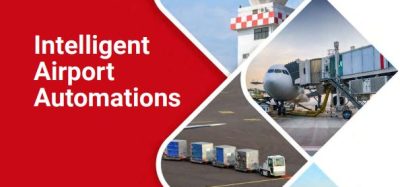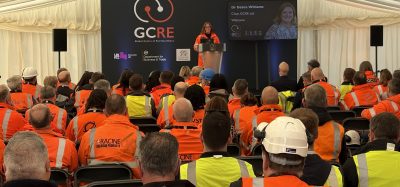FRA seeks public comments on safety standards for Dallas-Houston high-speed line
Posted: 23 April 2020 | Global Railway Review | No comments yet
The safety standards for the Dallas-Houston line involve approval of the new system utilising the Japanese Tokaido Shinkansen high-speed rail model.


The Federal Railroad Administration (FRA) has announced that it is accepting public comments on proposed safety standards (called a ‘rule of particular applicability’) that will permit Texas Central to build its planned Dallas to Houston high-speed line according to the Japanese high-speed rail model.
The high-speed line will feature an adapted version of the trains used on the Tokaido Shinkansen line – a high-speed service that runs from Tokyo to Osaka and has not had a passenger fatality or injury since beginning operation in 1964.
Like the Tokaido Shinkansen, the Texas Central high-speed line will be a standalone system, with no freight trains or highway crossings, and will be completely fenced off. Due to the system’s safety features, the trains can be lighter than current U.S. standards allow and will run at maximum speeds of 205mph.
The lighter trains also translate into lower operating costs, lower track maintenance costs and better acceleration – all are improvements that will increase the system’s overall performance and economic viability. This is important progress for the high-speed line, as it sets the stage for new FRA standards that permit lighter trains on a wider scale. That reform is key to the adoption and flourishing of high-speed rail across the U.S.
Travel times for the Dallas to Houston trip will be cut to approximately 90 minutes, which is a saving of roughly two hours over driving or flying. Texas Central Railroad plans to run two high-speed trains per hour, each way, for 18 hours each day.
Related topics
High-Speed Rail, Infrastructure Developments, Safety, Track Systems








